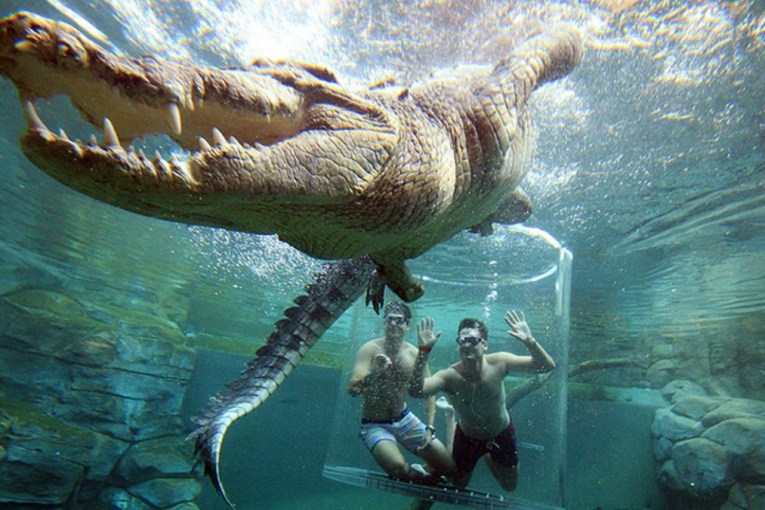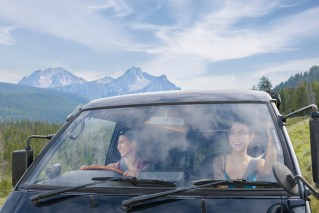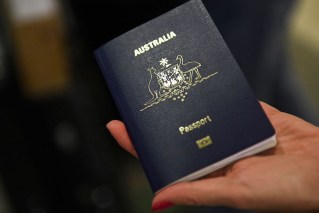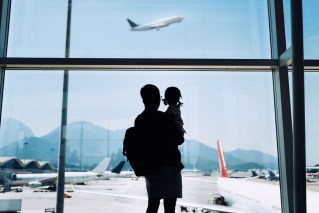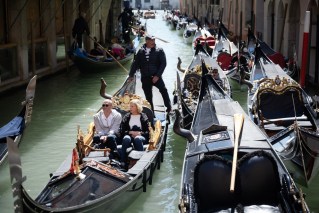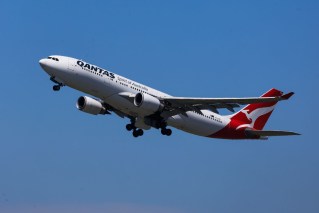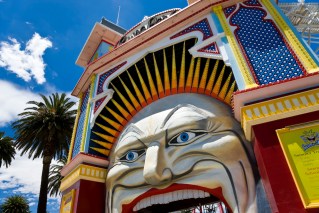Mount Rinjani: Everest for beginners
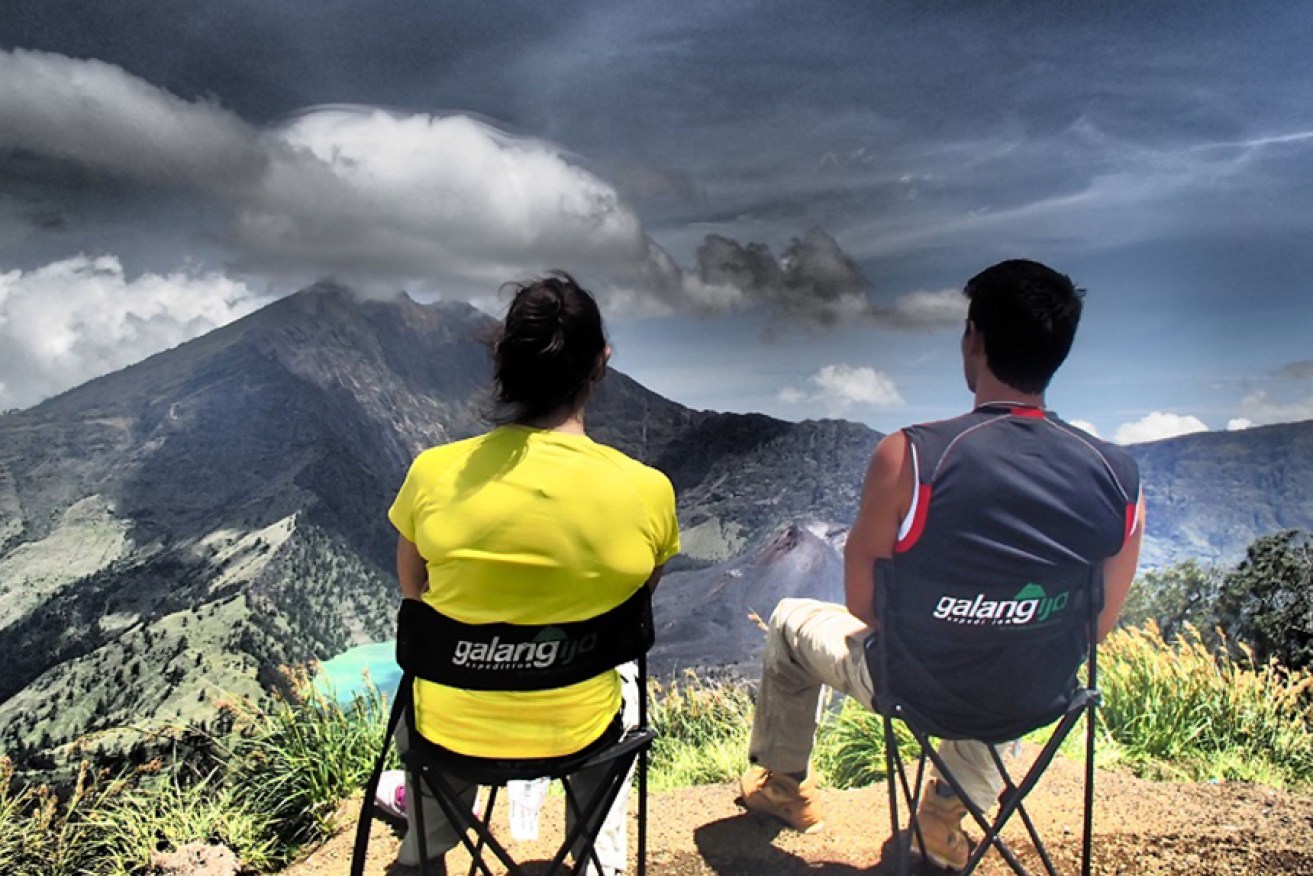
Indonesia’s second tallest volcano, Mount Rinjani towers 3,726m above sea level, and is now on the bucket list for tourists and seasoned hikers alike. Rinjani gives Aussie tourists the opportunity to do something that’s, well, actually memorable on our regular Indonesian getaway.

Rinjani last erupted in 2010. Picture: Getty
I recently tackled the crater rim trek with training that consisted of healthy eating and merely contemplating exercise four times per week.
The climb is certainly suitable for inexperienced trekkers who are seeking a unique experience and don’t mind getting their hands dirty (or sore legs).
Starting at the crack of dawn in the village of Senaru, we eagerly made our way through a surprisingly (and refreshingly) chilly rainforest. Amusingly we were accompanied by more than just our guide and porters too- the gazes and disturbingly frequent mating calls of Grey-monkeys and the rare Black-monkey consistently followed us up the mountainside.

Tackling the early terrain. Picture: Joe Leech
The silhouette of Bali’s sacred (and somewhat smaller) volcano, Agung, greeted us from a distance as the forest disappeared above 2,000m altitude. The crater rim rests at 2,600m, and it was here overlooking the volcano’s lake that camp was set up. The dinner menu was a tasty mi goreng prepared by our commendably multi-talented porters. You’d be amazed how good fried noodles tastes when seasoned with hunger and hiking fatigue.
After dinner we got to watch on as the sunset cast an enormous shadow of Rinjani over the forest canopy. I couldn’t help but wonder how Indonesia’s Ring of Fire could create such serenity.
Up for more?

Nothing like a feed at altitude. Picture: Joe Leech
For the more hardcore climbers that want bragging rights, the three-day trek to the summit of Rinjani is for you. This route is only available in the dry season (April-November) when it’s safe – yes, apparently they have safety measures in place – and stunning views are all but guaranteed.
Day two sees you walk down to the lake for a swim in the hot springs (who’s going to say no to swimming in a volcano?) and then up to the camp spot at the base of the summit.
The final day wake-up call is 2am for junior-masochists wishing to climb the final 1,000m to the summit for sunrise. Technically the hardest part of the trek due to slippery gravel, freezing winds and, well, no sun, many people opt to sit this one out. Even the guides put on real shoes for this leg of the trek – you have been warned.

Bunking down for the night. Picture: Joe Leech
How to get there
Like every other tour in Southeast Asia, it seems booking online is painfully more expensive than booking directly with a tour operator on the street. They’ll be sure to haggle for your attention at any opportunity in the popular parts of Lombok; yet ironically these operators are the safest and most legitimate.
Booking a tour to start the next day is not a problem, even in the high season, and generally all companies follow the same itinerary. The cost is certainly negotiable, as everyone in the group will undoubtedly have paid a different price. Love it or hate it, you’ve got to haggle.
Expect to pay anywhere upwards of 1,000,000 Rupiah (USD $100) inclusive of return transport and park entry fees. If you want the more luxury package, which tends to include better sleeping bags, some chairs, and a toilet tent (as opposed to just going bush), then be prepared to pay almost double
And FYI, there’s no showers. #Babywipes.
